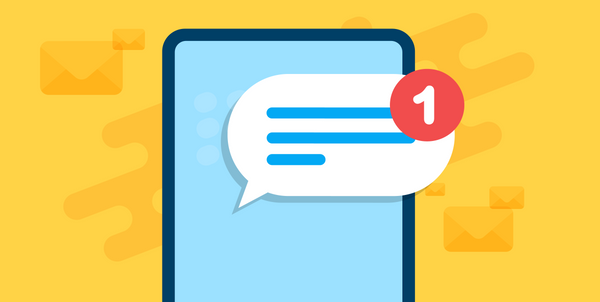How to Overcome the Challenges of Partnership Marketing
You have likely seen examples of incredibly successful marketing partnerships. As a result, you may now be interested in partnership marketing, understanding its myriad benefits. And no wonder: It’s an incredibly powerful and cost-effective way to reach new audiences.
Just because it’s a great strategy doesn’t mean partnership marketing will always be smooth sailing. Still, if you understand the challenges that may crop up and know how to overcome them, you’ll be able to navigate the straits and steer your partnerships toward reaping the many benefits this strategy offers.
Take a look at these common challenges and their solutions as you begin your partnership marketing journey.
1. Finding the right partners
The challenge: You want to find the perfect partner for your brand but don’t know where to start — or even what makes a partner a good fit for you. This quest becomes even more difficult when there are multiple players, such as in a giveaway or sweepstakes. Companies can labor over finding just the right partners, spending long hours reaching out only to find their desired partners aren’t interested. Conversely, companies may want to work with only big marquee brands and shun all others, in spite of their own lack of presence or budget.
The solution: Go in with realistic expectations and focus on the qualities you actually need in a partner. To find the right partner, be thoughtful, aspirational and realistic all at once. You may want to work with the big brands, but if you’re relatively unknown, that’s not likely — or even a good idea. The best partnerships are equitable, and collaborations work best with brands that are attainable and adjacent to your industry.
You and your partner should both have a similar reach and a brand association that makes sense. You’ll need data to determine who fits your criteria, and you can use DojoMojo’s network to search brands and filter by list sizes, industry, demographics, and more. This tool allows companies to find the partners that best fit their core criteria.
2. Choosing the right type of partnership
The challenge: You get so overwhelmed by the different forms your partnership could take that you stall out before you get started. Is a sweepstakes the way to go? What about a content swap? Or is a box insert better? Fear of choosing wrong can lead to decision paralysis.
The solution: Figure out your goals first. Are you trying to grow your email list? Entice new customers? Increase organic website traffic? Once you know what you want to do, you’ll be able to determine which type of partnership will help you get there. (Pro tip: a sweepstakes will collect email addresses, a content swap will increase page views, and the discounts from your box insert swap can drive new customers.) Test various types of partnerships to figure out what works best for your business and work style, and focus on those moving forward.
3. Nurturing leads
The challenge: Your partnership earns you a flood of new email addresses, but you can’t seem to convert those leads to new users or customers. It’s a common mistake to put all the emails acquired from a sweepstakes or other partnership into a marketing drip without distinguishing them as a unique set. It might seem more efficient to do that, but those addresses represent people in a fundamentally different place in their customer journeys from those whose addresses you get through other channels. Unless you understand the need to communicate with them differently than you would other leads, you won’t get the full value of your partnership.
The solution: Inform and empower the leads you gather through your partnership. These leads often require more education on your company’s brand than well-qualified leads coming from other sources. The person behind a high-intent click from Facebook advertising, for example, has self-identified as being interested in your product. The person behind an email address acquired from a giveaway, on the other hand, may know next to nothing about you and might not even reside in the sweet spot of your target customer base. Sure, that person can become a customer — and isn’t that the point? — but first you’ll need to educate him or her. In general, the earlier someone is in the customer life cycle, the more education need come before actual selling.
Getting a single partnership off the ground can feel like a herculean effort. But finding the right partner, figuring out the best type of partnership, and getting the most value from it are all possible with some discipline and the right tools. With a strong focus and commitment to educating new potential customers, your brand can reap all the benefits of partnership marketing.
Interested in building your brand’s identity? Start your free trial here.




